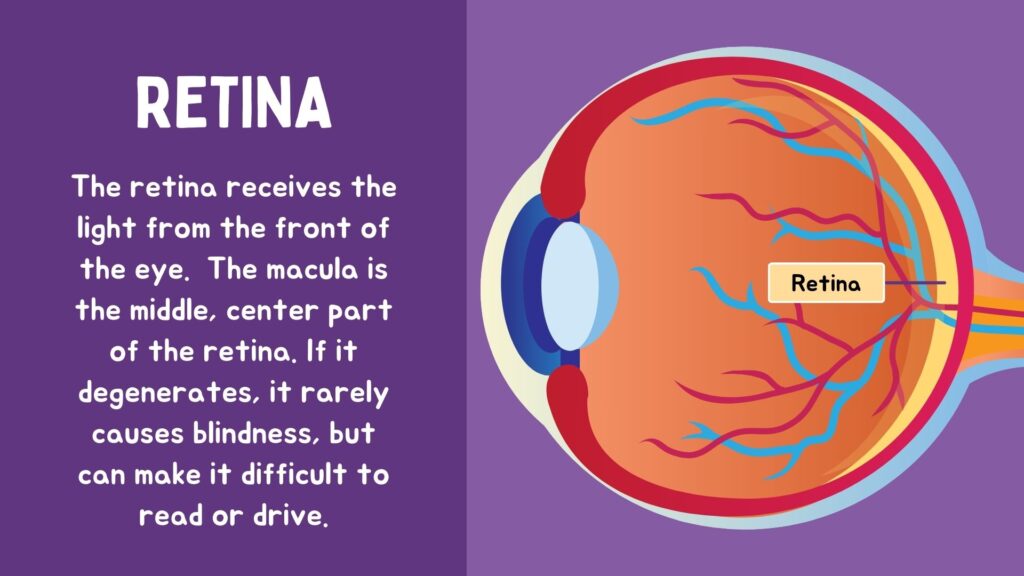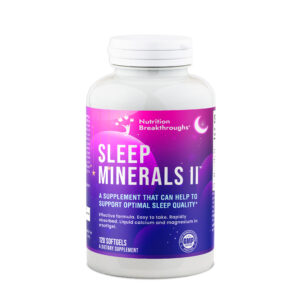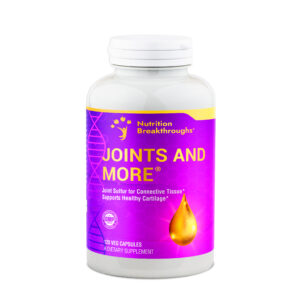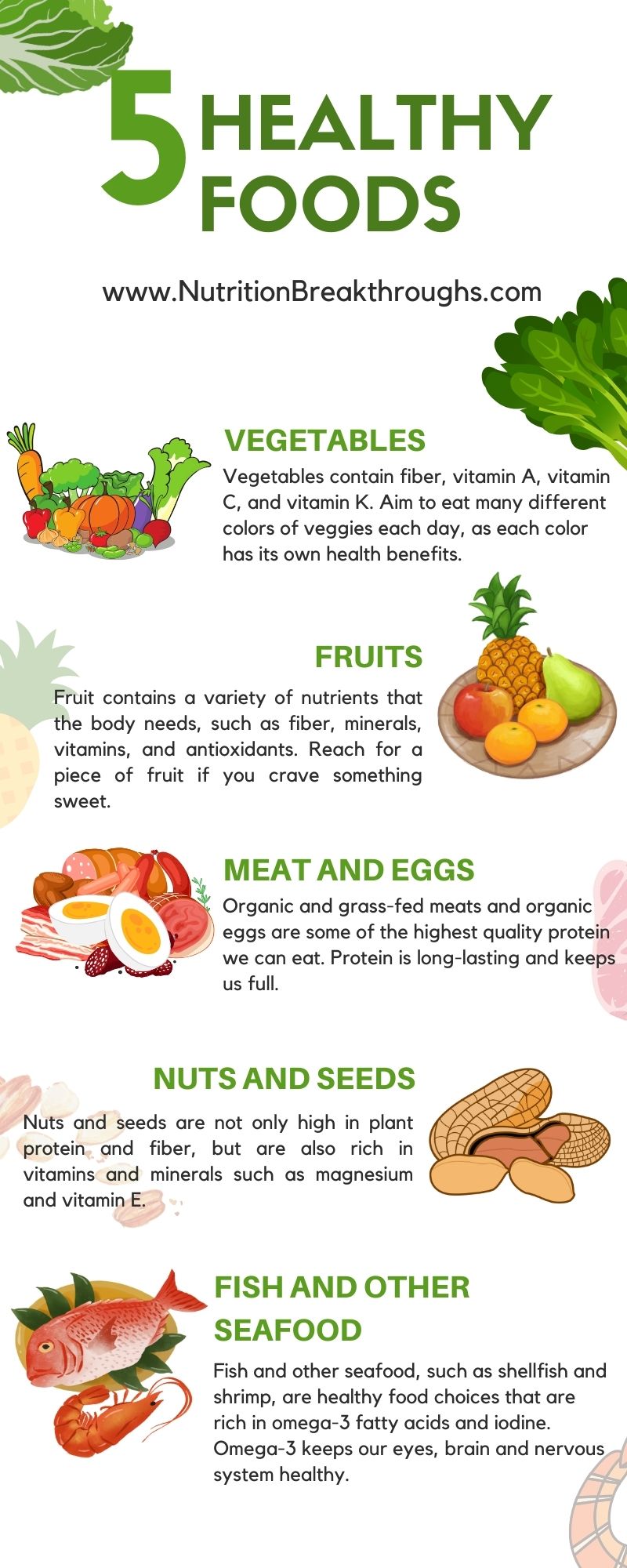Welcome to the fifth issue of “Fun Nutrition News and Facts You’d Never Guess!” Get ready to be intrigued and inspired by some fascinating and little-known tidbits about the food we eat. Did you know that ….
Oats Can Lower Cholesterol
Oats contain a type of soluble fiber called beta-glucan, which has been proven to lower cholesterol, control blood-sugar levels, and provide lasting energy throughout the day. They are a good source of vitamins B and E, as well as the minerals magnesium, zinc and manganese. Eating a bowl of oatmeal for breakfast (rolled oats or steel-cut are best) can help keep your heart healthy.
Reference: Whitehead, A., et al. (2014). Cholesterol-lowering effects of oat β-glucan: A meta-analysis of randomized controlled trials. American Journal of Clinical Nutrition, 100(6), 1413-1421.
Pineapples Take Two Years to Grow and are Worth It
Patience is a virtue, especially when it comes to pineapples. These tropical fruits take up to two years to reach maturity. Once ready, pineapples are a fantastic source of vitamin C and bromelain, an enzyme that helps with good digestion and reduced inflammation.
The vitamin C in pineapple supports the immune system and helps build collagen in the body. Collagen is the main structural protein in the body, providing strength to skin, muscles, bones and connective tissues.
Reference: Paull, R. E., & Chen, N. J. (2003). Postharvest physiology, handling and storage of pineapple. Tropical Agriculture, 80(2), 82-97.
Pumpkin Seeds Are a Natural Mood Booster
Pumpkin seeds are rich in tryptophan, an amino acid that is a precursor to serotonin, the “feel-good” natural brain chemical. Consuming pumpkin seeds can help improve your mood and promote a sense of well-being. These seeds also improve heart health and bladder health and are high in magnesium, vitamin e, zinc and selenium.
Reference: Pumpkin seeds may boost brain health in 4 crucial ways by Sarah Sloat https://www.inverse.com/mind-body/pumpkin-seeds Updated: Feb. 20, 2024
Fun and Health Go Hand-in-Hand
Isn’t nutrition fascinating? Each week, Nutrition Breakthroughs will bring you inspiring and surprising nutrition news and facts to help you on your journey to healthier eating. Stay tuned!
This natural health news is shared by Nutrition Breakthroughs, maker of the original and effective calcium and magnesium based sleep aid Sleep Minerals II, and Joints and More, a natural supplement for joint relief, less aches and pains, stronger hair and nails, and more energy.











